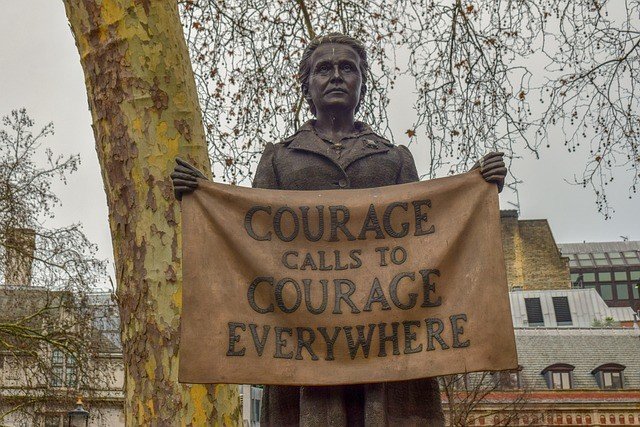The evolution of feminism in the United States has been a transformative and influential force in shaping American culture, society, and politics. Feminism is a diverse and multifaceted movement that seeks gender equality and advocates for women’s rights, representation, and empowerment. Let’s explore the key stages of feminism’s evolution and its impact on American culture:
1. First-Wave Feminism (Late 19th to Early 20th Century):
The first wave of feminism focused on securing women’s suffrage (the right to vote) and legal rights. Activists like Susan B. Anthony and Elizabeth Cady Stanton were instrumental in leading the suffrage movement, resulting in the ratification of the 19th Amendment in 1920, granting women the right to vote. First-wave feminism laid the groundwork for future activism and set the stage for challenging traditional gender roles.

2. Second-Wave Feminism (1960s to 1980s):
The second wave of feminism emerged during the 1960s and sought to address a broader range of women’s issues, including reproductive rights, workplace discrimination, and gender roles. This era saw the rise of prominent feminist figures such as Betty Friedan, Gloria Steinem, and bell hooks. The feminist movement influenced cultural changes, challenging societal norms and advocating for gender equality in all aspects of life.
3. Impact on the Women’s Movement:
Feminism influenced the growth of a diverse women’s movement that addressed the intersecting issues faced by women from different racial, ethnic, and socioeconomic backgrounds. The feminist movement supported civil rights and social justice causes, leading to significant progress in addressing systemic inequalities.
4. Influence on Literature and Media:
Feminism had a profound impact on literature, art, and media, with women writers and artists exploring themes related to gender, identity, and empowerment. Feminist perspectives entered mainstream media, challenging traditional gender roles and promoting gender equality.
5. Workplace and Economic Changes:
Feminist advocacy led to important legal changes, including the passage of the Equal Pay Act in 1963, aimed at addressing wage disparities based on gender. Feminism also contributed to changes in workplace policies, expanding opportunities for women in various professions and leadership roles.
6. Reproductive Rights and Health:
Feminism played a critical role in advancing reproductive rights and access to healthcare for women. The landmark Supreme Court case Roe v. Wade in 1973 affirmed a woman’s right to choose to have an abortion, a significant victory for the reproductive rights movement.
7. Intersectionality and Inclusivity:
Intersectional feminism emerged to address the unique experiences of women with multiple marginalized identities, recognizing that gender inequality intersects with race, class, sexuality, and other factors. This emphasis on inclusivity has made the feminist movement more diverse and reflective of the experiences of all women.
8. Third-Wave Feminism (1990s to Present):
The third wave of feminism emphasizes individuality, cultural relativism, and a focus on various forms of gender expression. This wave seeks to address critiques of earlier feminist movements and further expand inclusivity and advocacy.
9. Online Activism and #MeToo Movement:
The digital age has provided new platforms for feminist activism and advocacy. Social media has been instrumental in amplifying feminist voices, and movements like #MeToo have exposed the prevalence of sexual harassment and assault while demanding accountability and change.
10. Policy and Legal Reforms:
Feminist activism and advocacy continue to drive policy and legal changes, from efforts to combat gender-based violence to initiatives aimed at improving workplace conditions for women.
Overall, feminism’s evolution in the United States has been transformative, challenging societal norms and advancing the rights and status of women. Its influence on American culture is visible in the changing perceptions of gender roles, increased awareness of gender inequality, and ongoing efforts to create a more equitable society for all. As the feminist movement continues to evolve, its impact on American culture and society will remain a driving force for positive change.










